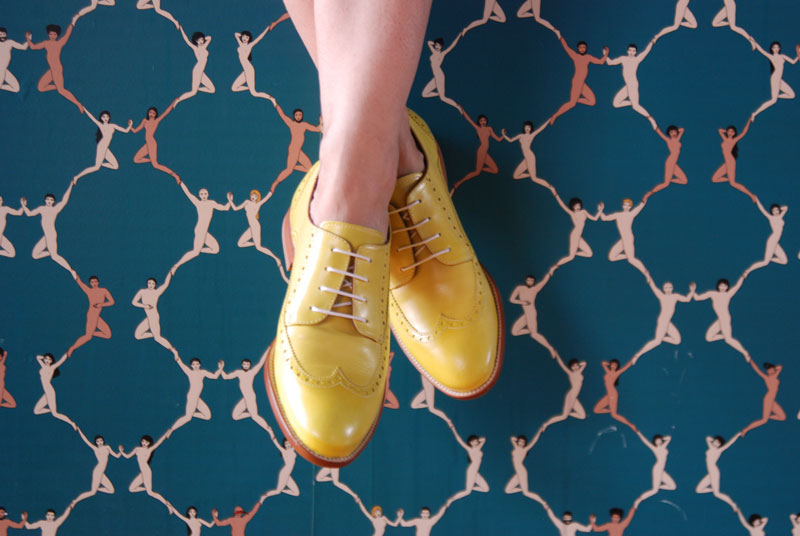Uncategorized
SHOE MANUFACTURING
During the process of developing our shoes are conducted over 100 different operations.
The first and most important step is the creation of the last, a replica of the human foot hand carved wood or molded plastic. Alone determines the contour of tonnage and as the weight of the person who fit the shoe on the foot, both crucial for comfort factors will be distributed.
A different mold for each style of shoe, for each product manufactured by hand is needed. Making the mold requires great skill and expert eye. After making about 35 measurements from a trace showing the distribution of body weight, the artisan observed symmetry of the fingers, calibrate the dimensions of the instep and ball of the foot metatarsal him to finally calculate the height of the big toe and contour vamp. It also determines how will move the foot within the shoe.
The challenge for the teacher is directing all measures without compromising all the architectural beauty of shoe design. For a high heel shoe, heel height displayed and then determines the size proportionally throat. Then set the right height for shank shoe: if it is too high, it will rub the tendons, if the shoe is too low will not hold the foot properly. But the key part for the shoe fits perfectly is the measure of the curve of tonnage, the area that includes the eminence and the instep, since this is where the whole weight of the body lies when the shoe is moving. Then, using the form as a guide, the artisan who creates the template cut top and lining, beveled edges to ensure a good fit and sew all the pieces. It then puts the toe adds buttress (l reinforcement for back) and soak the skin so that it fits easily to the last lines. A master craftsman carefully placed top on the last, taut before nailing tightly in place. The top is placed during the last two weeks before assembling the base. Finally, artisans define the welt, heel polish, shine and place the sole core backing. When you apply the wax to give shine and be given the final touches, the shoe will be ready to march.




